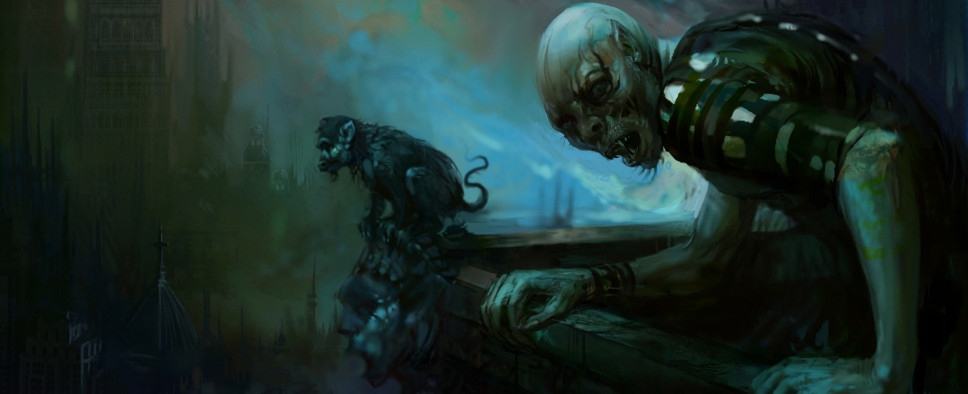Vampire: The Masquerade - Bloodlines Retrospective
-
Category: News ArchiveHits: 3295

The Source engine had debuted at E3 in 2003, showing astonishing “physics effects” (throwing a mattress in water and seeing it float, various barrel tricks) and emotive facial animations on the characters. This would be perfect for a dark vampire story full of political intrigue and shocking reveals.
So Troika got its access to Source before Half-Life 2 came out, and quickly learned that trying to build a game using a third party engine that’s still in Beta was more than a challenge.
Development dragged on. Redemption, the first game, had been completed in two years by a small team. This was a much bigger production. It was hugely ambitious, even in a world where Deus Ex existed.
There were four main level hubs each with many smaller levels branching off them. The combat system had 25 weapon options and let players specialise in ranged or melee fighting. It had a sophisticated stealth system. And taking a leaf from a book that wouldn’t be written for at least a decade, there were nine playable races, seven classes, and a special kind of crazy vampire clan (the Malkavian) with totally different dialogue trees and choices.
It was huge. Sure, today we’ve got Divinity: Original Sin 2 coming out and The Witcher 3 has hundreds of hours of gameplay and thousands of scripted events, but back in 2003 the tools to create these kinds of things were unsophisticated, and anything but ergonomic.
So Activision ran out of patience and gave Troika an immovable deadline. The team crunched like they’d never crunched before, but the end result was a bastardised version of their great vision. Quests, characters and even entire levels were excised. The endgame became little more than a sprint through a sewer. The players who noticed the game at all in the middle of the Half-Life 2 fanfare could SEE that there was something special here, it just needed to be, and pun intended, resurrected.

